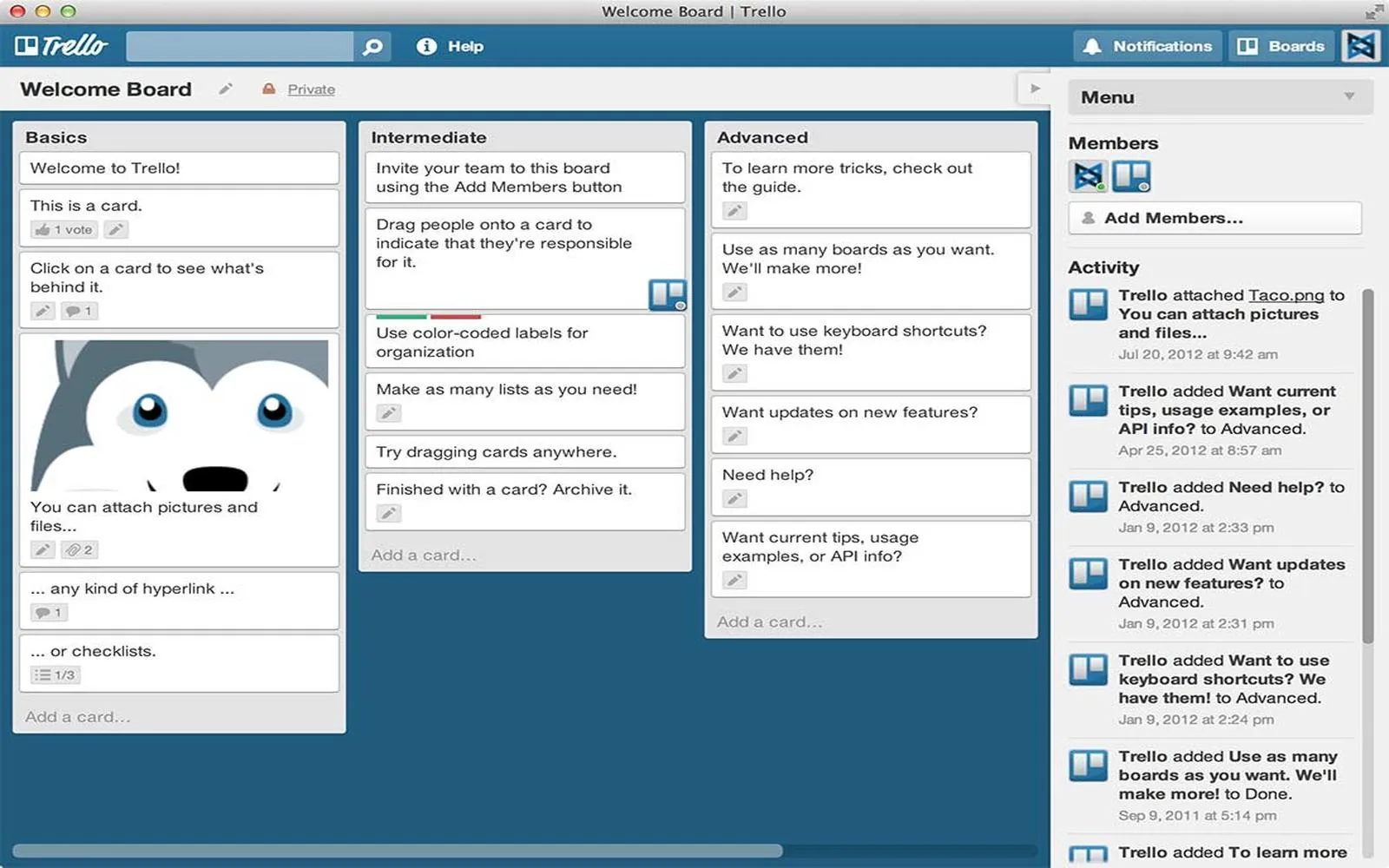In today's remote work environment, engaging team members can be challenging. Virtual icebreakers are a great way to foster connections and create a more cohesive team. However, not all icebreakers are effective. To ensure your virtual icebreakers actually work, it's essential to choose activities that encourage participation and interaction. Below are some tried and tested methods to run virtual icebreakers that resonate with your team.
1. Choose the Right Platform
The platform you select for your virtual icebreakers significantly impacts their success. Tools like Zoom, Microsoft Teams, and Google Meet offer different features that can enhance engagement. For instance, Zoom’s breakout rooms allow smaller groups to connect more intimately, while polls can gauge immediate reactions. Selecting a platform that suits your team's dynamics is crucial for ensuring the icebreakers are effective.
2. Set Clear Objectives
Before launching into an icebreaker, it's essential to define what you intend to achieve. Are you looking to build rapport, encourage creativity, or break down barriers? Clear objectives will guide the choice of activities and help measure their effectiveness. For example, if your goal is to foster creativity, consider activities that encourage brainstorming or collaborative thinking.
3. Tailor Activities to Your Audience
Understanding your team's demographics can significantly influence the success of your icebreakers. Consider factors such as age, interests, and cultural backgrounds. For example, younger teams may enjoy high-energy games, while more seasoned professionals might prefer thoughtful discussions. Conducting a quick survey can help you tailor your icebreakers to suit your audience better.
4. Incorporate Fun Elements
Icebreakers should be enjoyable! Incorporating fun elements will encourage participation and lighten the mood. Here are a few engaging ideas:
- Two Truths and a Lie: Participants take turns sharing two truths and one lie about themselves. Others guess which statement is the lie.
- Virtual Scavenger Hunt: Create a list of items for team members to find in their homes and show on camera within a limited time.
- Trivia Games: Use platforms that allow for trivia quizzes related to your team’s interests or company culture.
5. Facilitate Open Communication
Encouraging open communication during icebreakers is vital. Make sure everyone has a chance to speak and share their thoughts. Active facilitation includes prompting quieter team members to participate and ensuring that dominant voices don’t overshadow others. Consider using breakout rooms for smaller discussions to make it easier for everyone to contribute.
6. Use Visual Aids
Visual aids can enhance engagement during virtual icebreakers. Incorporating charts and graphics can help convey ideas and maintain interest. For example, you could create a chart that outlines different icebreaker activities and their intended outcomes. Below is a simple representation:
| Activity | Objective | Ideal Group Size |
|---|---|---|
| Two Truths and a Lie | Build Rapport | 5-10 |
| Virtual Scavenger Hunt | Encourage Creativity | Any Size |
| Trivia Games | Foster Team Spirit | Any Size |
7. Follow Up and Gather Feedback
After your virtual icebreaker, it's essential to gather feedback from participants. This can be done through a quick survey or a casual discussion. Ask questions like:
- What did you enjoy most about the activity?
- Was there anything you would change for next time?
- Do you feel more connected with your team after this activity?
Using this feedback will help you refine your approach and improve future icebreakers, making them more effective and engaging.
8. Create an Ongoing Icebreaker Schedule
Consistency is key when it comes to virtual icebreakers. Establishing a regular schedule for these activities can help maintain team morale and foster ongoing connections. Consider dedicating the last 10-15 minutes of weekly meetings for a quick icebreaker. Rotate through different activities to keep things fresh and engaging.
9. Celebrate Success
Finally, don’t forget to celebrate the success of your icebreakers! Acknowledging participation and sharing positive outcomes can boost morale and encourage continued engagement. Whether it’s through shout-outs during meetings or recognition in company newsletters, celebrating success reinforces the value of connection within your team.
In conclusion, running virtual icebreakers that actually work requires thoughtful planning and execution. By selecting the right platform, tailoring activities to your audience, and facilitating open communication, you can create meaningful connections within your remote team. Remember to gather feedback and celebrate successes to continually improve your approach. With these strategies, your virtual icebreakers will not only be enjoyable but also effective in building a cohesive team environment.





